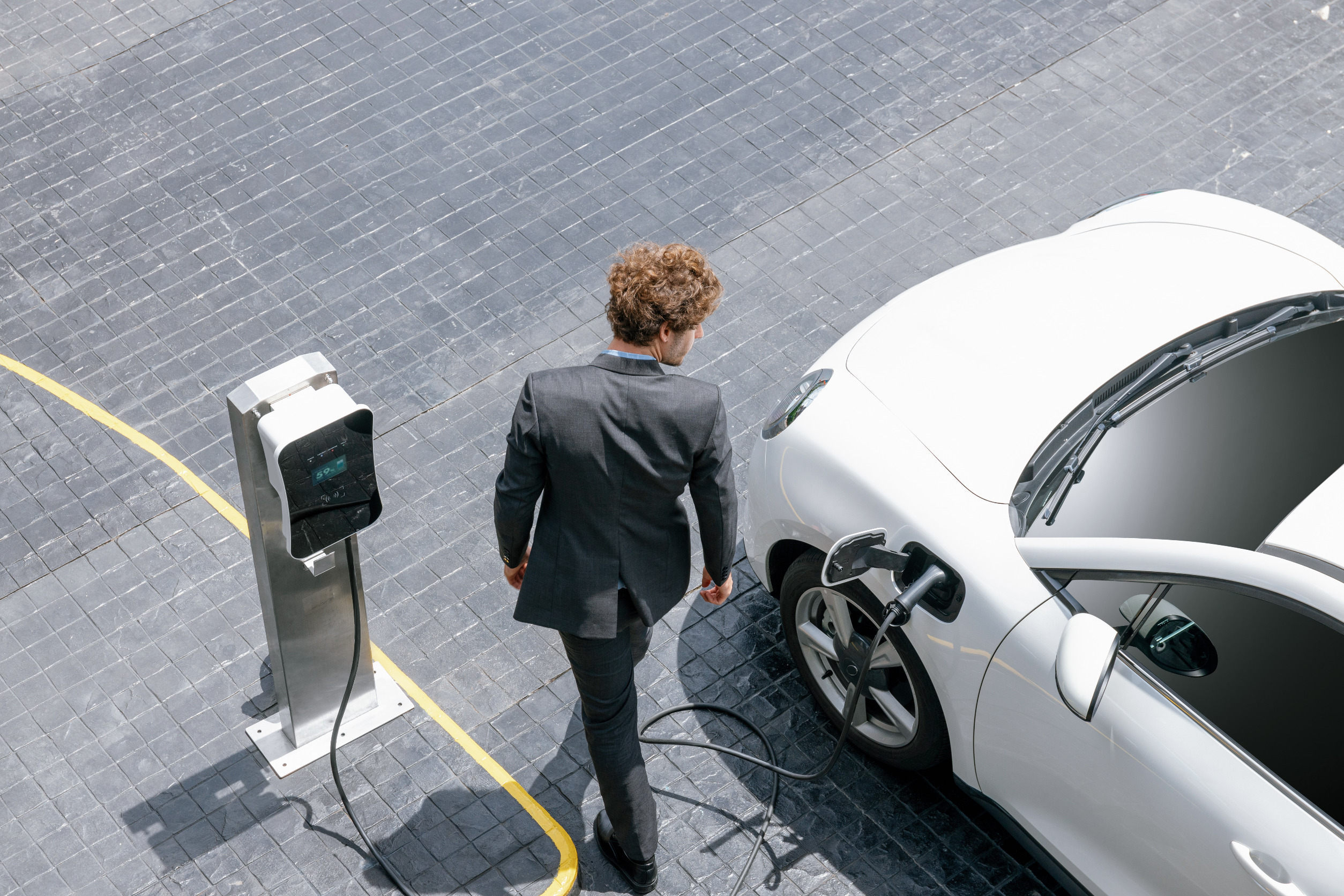When Donald Trump described Biden’s electric vehicle mandates as leading to a “bloodbath” for the auto industry, the liberal media went nuts, declaring his use of the term was to warn of riots if he were to lose the 2024 election.
Rather, he was referring to a different sort of mass bleeding that will involve auto workers and suppliers who will lose good-paying jobs through layoffs.
Anticipate a public revolt as EV mandates force auto manufacturers to produce cars and trucks they want to be more expensive to subsidize economic losses on vehicles that cost more and do less.
Consider a consumer uprising as a politically weaponized EPA with bleeding-heart climate delusions interferes with the great American automotive love affair with free-market choices that match requirements and preferences.
And that’s already happening.
On March 20, the Biden EPA issued a vehicle tailpipe rule, which amounts to a coerced 70% phaseout of gasoline-powered cars by 2032.
This forced “transition” to all-electric plug-ins comes at a time when the U.S. market for EVs has tanked following an early burst of enthusiasm.
Nevertheless, the government’s push-through regulations, and pull by taxpayer subsidies and purchaser credits, forced automakers to either immediately get into the EV game with huge change-over investments or lose out to competitors who did.
Whereas admittedly lacking an adequate national recharging infrastructure to meet schedule requirements EPA had initially proposed in April 2023, the end goal remains the same.
According to the new rules, an estimated 31% to 44% of new light-vehicle sales would need to be electric for model year 2030, rather than the 60% mark originally set.
The total percentage of EVs required to be sold would then depend upon total tailpipe exhausts from all vehicles, including gas-electric hybrids along with traditional gasoline and diesel models.
By comparison, 84% of all cars sold in America are powered by internal combustion engines.
Another Biden administration term will restrict that share to 64% by 2027.
Keep in mind that “the Biden plan,” which affects only the U.S. with 12% of the global fleet (0.36% total), swapping out a gasoline engine for a battery eliminates, at best, only half of lifetime emissions (0.18%).
Even that small benefit assumption is dubious since as experienced in Norway, every electric vehicle doesn’t displace a conventional one, and every electric mile driven doesn’t displace a gasoline mile.
According to observations by Morgan Stanley, the country saw no decline of oil consumption related to EVs, though users receive thousands of dollars in annually recurring subsidies, and EVs accounted at the time for 64% of new-car sales.
And whereas it was once cheaper to fuel up an EV than a gas-powered car, this is no longer true either.
With no thanks to the Biden administration’s other force-fed “green renewable” transition, which has raised electricity prices, fueling a Ford F-Series truck now costs about $17 per 100 miles on average compared to $17.75 for an F-150 Lightning with primarily home-charging — and $26.39 with primarily commercial chargers.
In many cases, EVs make absolutely no utility sense at any price.
Don’t count on them to get you anywhere under bitter cold Wisconsin, Minnesota, or Alaska winter conditions.
Forget them as an essential means to work a Kansas farm, haul horses on a Texas ranch, tow a boat to the lake, or go remote off-road camping.
Little wonder that when pollster Scott Rasmussen recently asked how respondents viewed new “regulations that would effectively outlaw the manufacture and sale of gasoline-powered cars,” only 14% were strongly in favor.
Nearly 60% of those surveyed were opposed, with a slight majority of Democratic voters (53%) favoring the idea and 59% of independents and 76% of Republicans against it.
Auto dealers don’t like the ban either.
Decrying the EPA rule as “completely unrealistic,” more than 5,000 of them signed letters to Biden in an organized campaign to back off on emission targets due to insufficient EV customer interest.
EVs are now some of the slowest sellers on dealership lots.
Last September, it took retailers over two months to sell a plug-in, compared with around a month for gas-powered vehicles and only three weeks for a gas-electric hybrid.
Lower sales will hemorrhage jobs for Detroit auto and supply chain parts workers, with lower revenues additionally bleeding employee profit-sharing bonuses.
EVs also make U.S. carmakers heavily dependent upon rare earth materials from China — an unthinkable national security and economic hazard.
Republicans brought two car-freedom Preserving Choice in Vehicle Purchases Act bills to the House floor last fall, picking up eight Democratic supporters in one and five in the other.
So, let’s hope for a real bloodbath in November White House and congressional elections — a ballot revolution against all big-government-knows-best assaults on free market choices.
This article originally appeared at NEWSMAX
